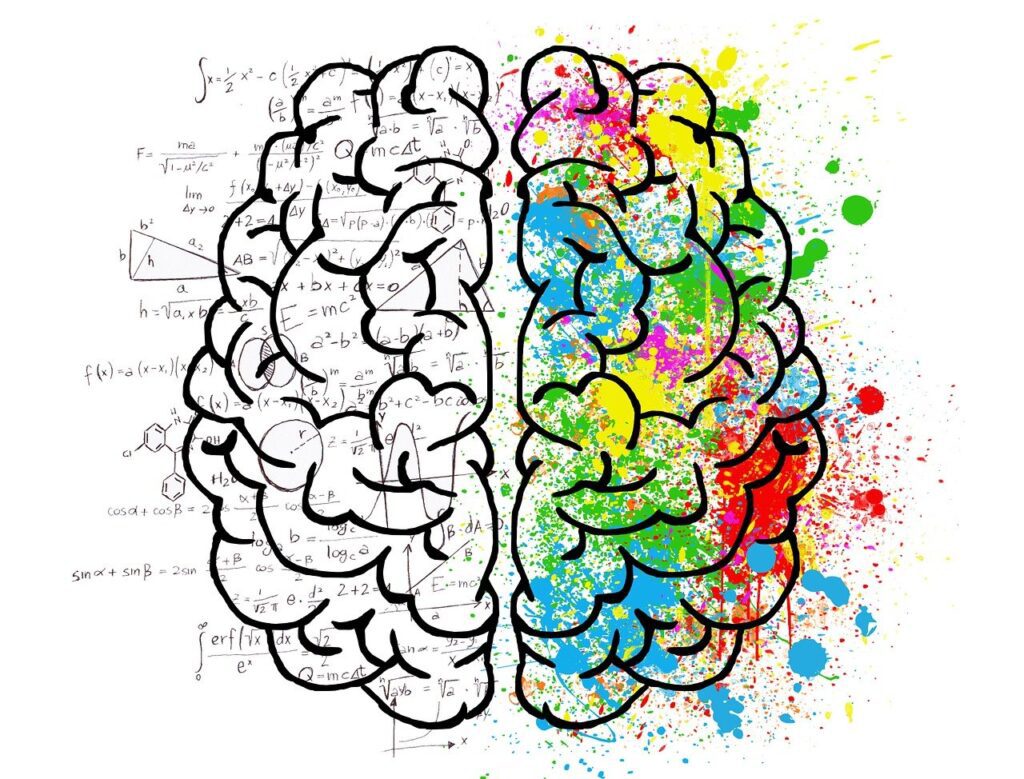Brain stimulation techniques, like using electrodes placed on the head, are showing tremendous promise for treating conditions such as depression, anxiety, and even addiction. Though these techniques are becoming more widely available, both in clinical settings and for home use, questions remain about how they truly affect the brain.

Recent research from Monash University has provided new insights into how Transcranial Direct Current Stimulation (tDCS), a popular non-invasive method, influences brain function. tDCS works by sending low-intensity direct currents through electrodes positioned on the scalp, using power comparable to small batteries. This technique is becoming increasingly popular, not only in medical treatments but also among people seeking to enhance their mood, improve learning, and manage issues like overeating or age-related cognitive decline.
However, the widespread use of tDCS has raised concerns about safety, especially since the exact mechanisms through which it affects the brain have been unclear.
Now, a five-year study led by Associate Professor Farshad Mansouri and his team at Monash University’s Biomedicine Discovery Institute has shed light on this. By recording the activity of individual neurons in the prefrontal cortex before, during, and after tDCS, the researchers have discovered how this method changes brain function. Their study reveals that tDCS, when applied to the prefrontal cortex, specifically enhances how neurons respond to tasks without affecting their baseline activity.
These findings are significant for mental health treatments. For example, patients with depression, schizophrenia, or substance addiction could potentially benefit from improved cognitive and behavioral function through tDCS therapy. Importantly, the study also showed that repeated sessions of tDCS did not lead to any dangerous side effects, such as seizure-like activity.
This research is a major step forward in understanding how tDCS works on a cellular level, linking the technique’s effects on neurons with cognitive and behavioral outcomes. It opens the door to more effective and safer uses of brain stimulation therapies, not just in clinical practice but also for personal use, helping people manage mood, boost cognitive performance, and more.
